Before we dive into the details of an inductor, let’s first start off with something we are familiar with. Just like a capacitor, an inductor also has the job of storing electrical energy. Except, instead of storing energy in an electric field as a capacitor does, an inductor stores energy in a magnetic field.
They both do similar activities, storing energy, they just have their own way of getting that job done. Where the capacitor likes to maintain a constant voltage, an inductor prefers to maintain a constant current. They’re both achieving the same end goal of storing and impeding the flow of energy, just in their own way.
Unlike the complexity of a capacitor’s physical structure, inductors are a bit simpler, consisting of a simple coil of wire wound around a core of iron, or even air. But why the coil shape?
When an electrical current flows through a conductor, a magnetic field is developed around that conductor. Inductors take advantage of this natural property by amplifying the size of the magnetic field with a coiled wire. When a current is sent through a copper coil, you get a magnetic field that is much larger and much stronger than what you’d get in a straight path of copper.
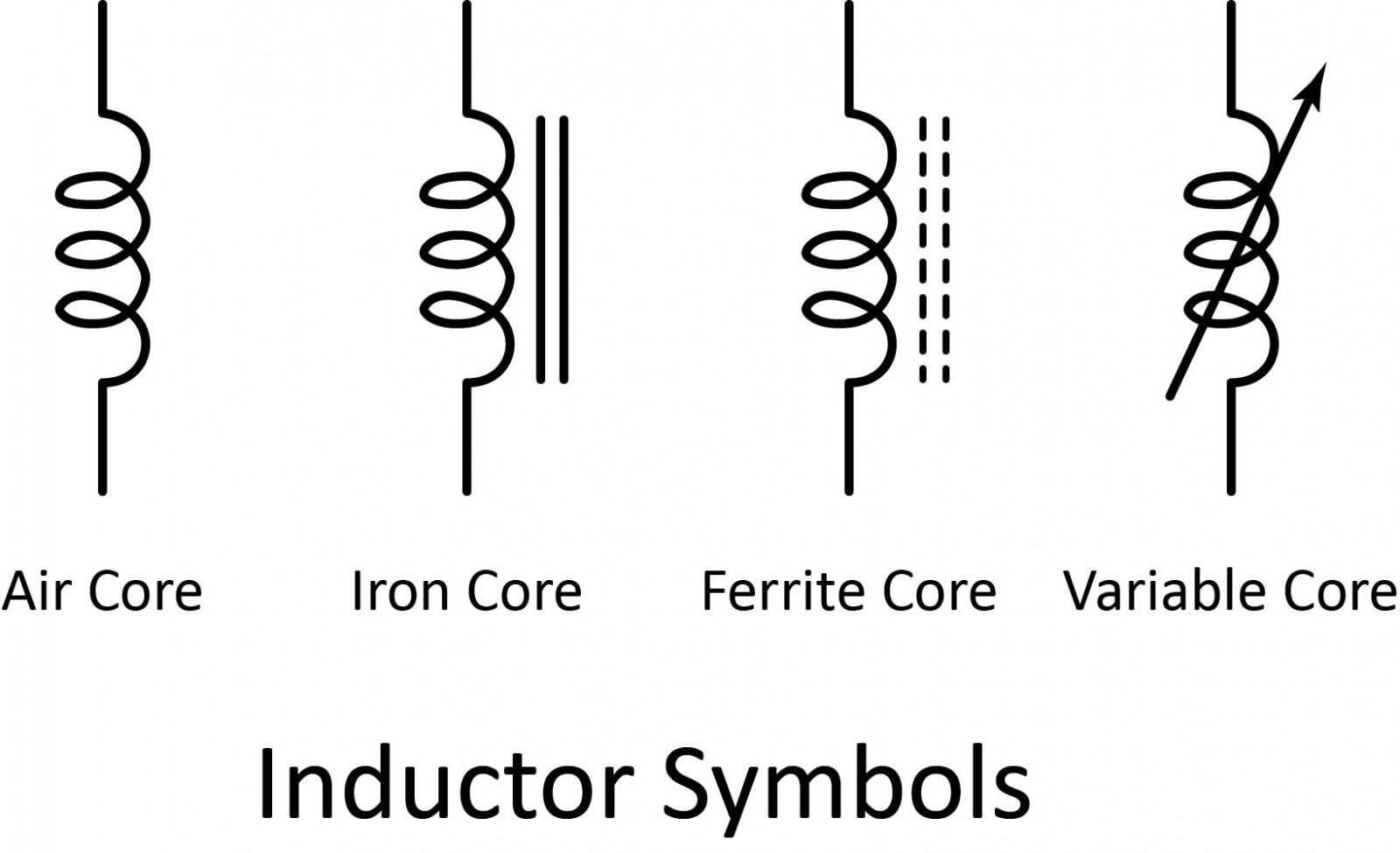
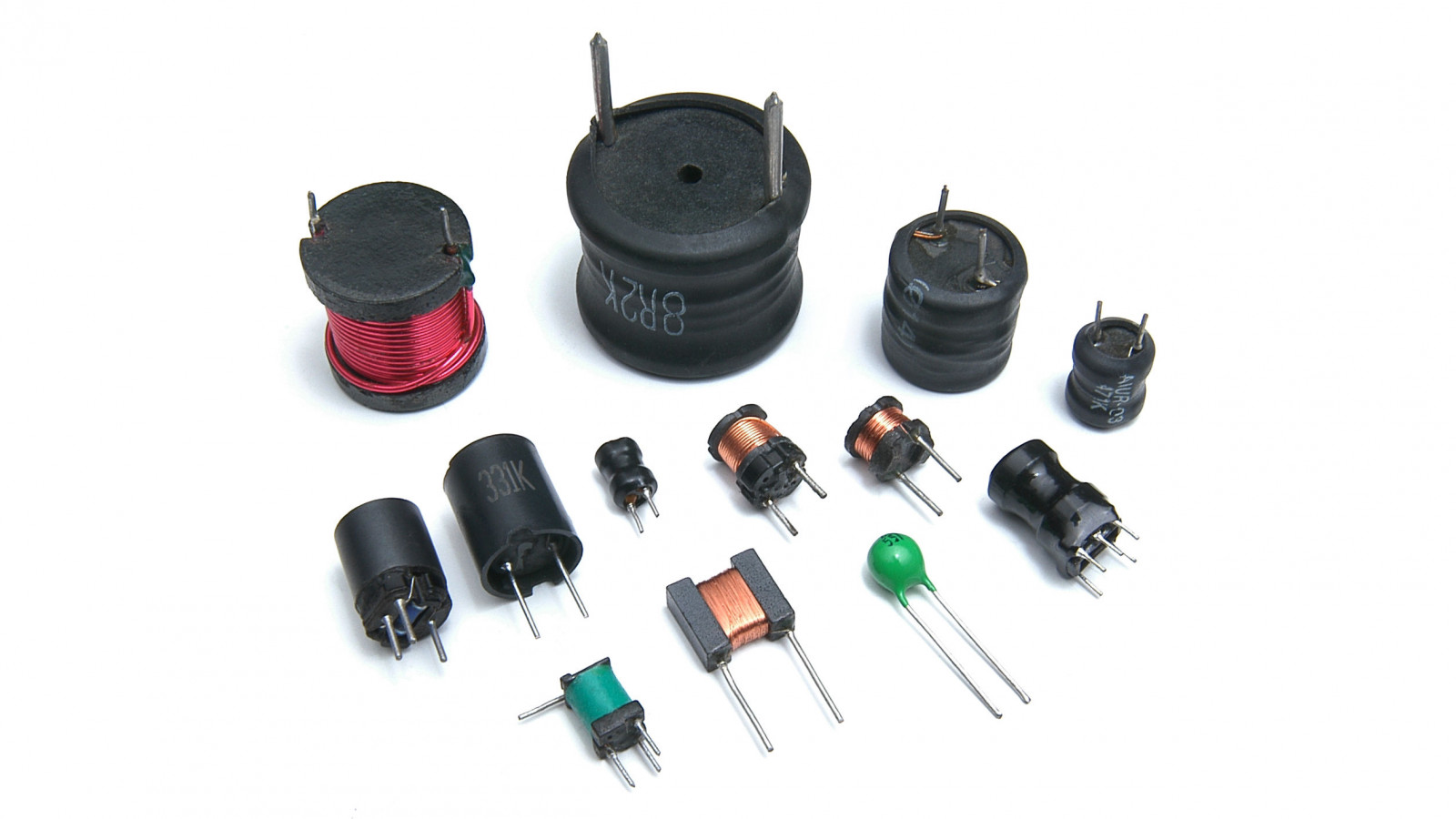
Source: Norwegian Creations
Now that you know what an inductor is, how exactly does it work in a circuit? Inductors work based on a property called inductance, which is simply the ability to store some quantity of energy in a magnetic field.
Let’s think about a simple example like a water wheel to understand what’s going on here. Let’s say you have a dammed river with a water wheel in the river’s channel, ready to generate some electricity. Now let’s say you open that barrier, and send water pouring through towards the water wheel. When it hits the wheel, initially the water is going to slow down as the water wheel works to match the speed of the water. This right here is the process of an inductor “charging” up as current is sent through it.
And then imagine that you decide to dam the river up again. That water wheel is going to slow down at a smooth steady pace until it comes to rest again. And just like a capacitor, the process of collapsing a magnetic field when there’s no current flowing happens steadily over time, not all at once.
The inductance of an inductor is measured in Henry (H) and is controlled by four factors:
- The number of coils - More coils means more inductance.
- The material that the coils are wrapped around (the core).
- The cross-sectional area of the coil - More area means more inductance.
- The length of the coil - A short coil means narrower (or overlapping) coils, which means more inductance.
. 
. . Source: Electrical4U
Mutual Inductance
As the current-carrying coil produces some magnetic field around it, if another coil is brought near this coil, such that it is in the magnetic flux region of the first coil, then the varying magnetic flux induces an EMF in the second coil. This first coil is called a primary coil and the second one is called a secondary coil.
Mutual Inductance is the basic operating principle of the transformer, motors, generators, and any other electrical component that interacts with another magnetic field.
. 
. . Source: Electronics Tutorials
Inductors are usually categorized according to the type of inner core they are wound around. Here are the most common types:
Air Core Inductor
As the name suggests, this kind of inductor has no core – the core material is air. Since air has a relatively low permeability, the inductance of air core inductors is quite low – rarely above 5 μH. Since they have a low inductance, the rate of current rise is quite fast for an applied voltage and that makes them capable of handling high frequencies. They are mostly used in RF circuits.


Source: IndiaMART
Iron Core Inductor
Iron is perhaps the most recognizable magnetic material, which makes it an ideal choice for inductors. They are usually used for low-frequency line filtering since they can be rather beefy and have large inductance. They are also used in audio equipment.
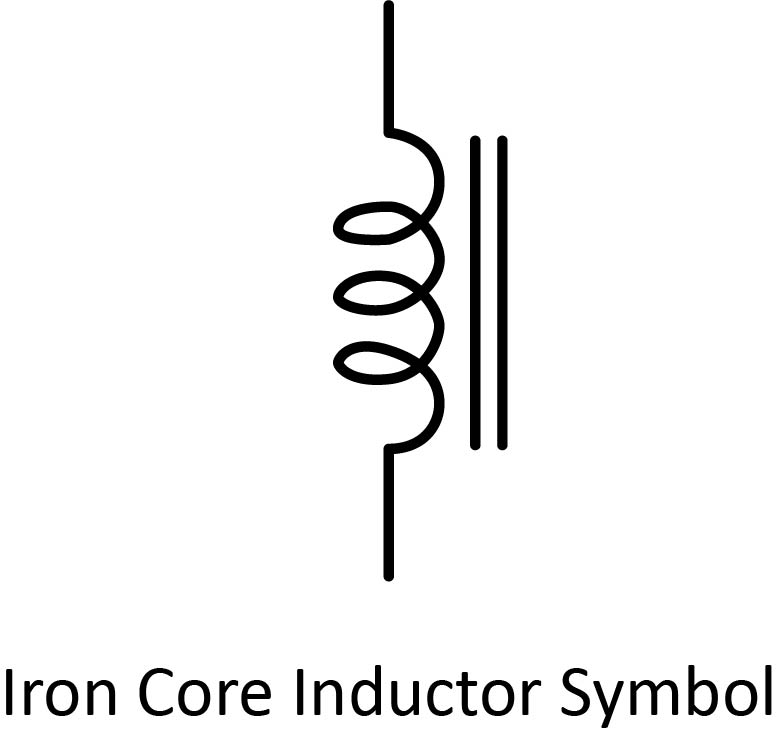
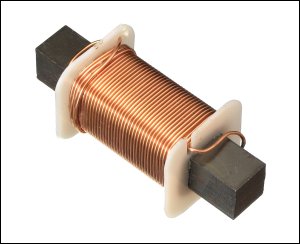
Source: Basic Car Audio Electronics
Ferrite Core Inductor
Ferrite is just a powder of oxides of iron. This powder is mixed with an epoxy resin and molded to form cores around which wires can be wound. Ferrite core inductors are easily the most recognizable because of their dull gray-black color. They also are very brittle and break easily. They are the most widely used type of inductors since the permeability can be finely controlled by controlling the ratio of ferrite to epoxy in the mix.
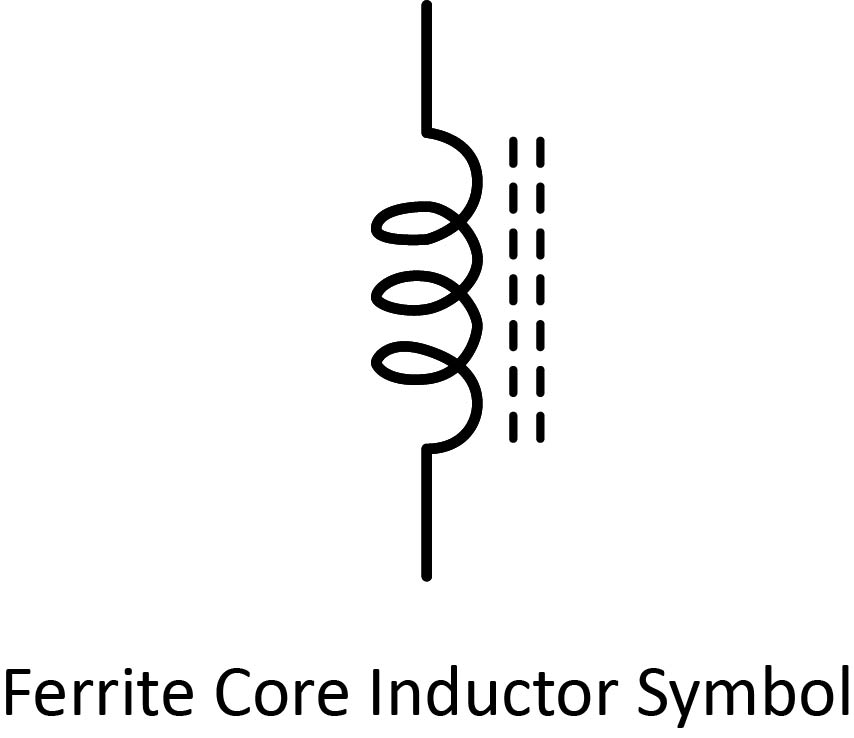
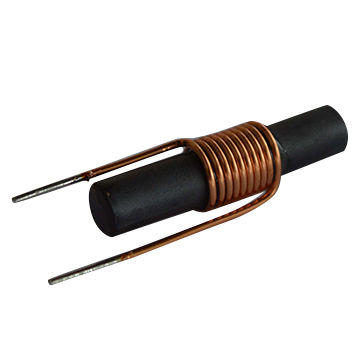
Source: Global Sources
Variable Inductor
Probably the most common type of variable inductor today is one with a moveable ferrite magnetic core, which can be slid or screwed in or out of the coil. Moving the core into the coil increases the permeability, increasing the magnetic field and the inductance. Many inductors used in radio applications (usually less than 100 MHz) use adjustable cores in order to tune such inductors to their desired value.

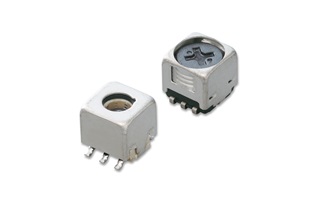
Source: Murata
Inductors in Series
In the resistors tutorial, we saw that the different values of the resistances connected together in series are just added together and this is also true for inductors. Inductors in series are simply added together because the number of coil turns is effectively increased, with the total circuit inductance being equal to the sum of all the individual inductances.
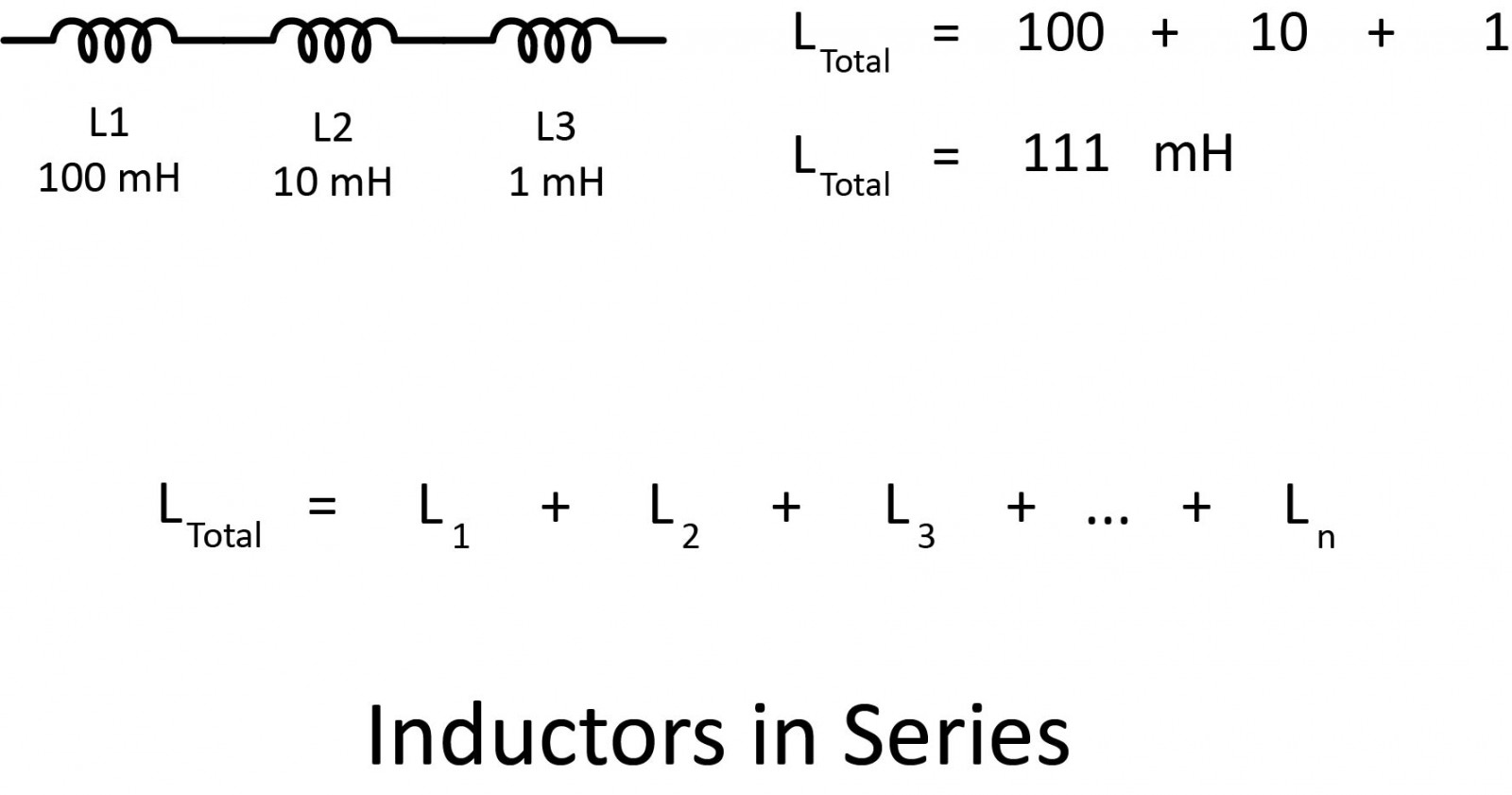
Inductors in Parallel
Inductors in parallel also behave the same way as resistors in parallel. The following formula can be used to calculate the total value.

Chokes
A choke is an inductor designed specifically for blocking high-frequency alternating current (AC) in an electrical circuit, while allowing DC or low-frequency signals to pass. It usually consists of a coil of insulated wire wound on a magnetic core, although some consist of a donut-shaped "bead" of ferrite material strung on a wire.

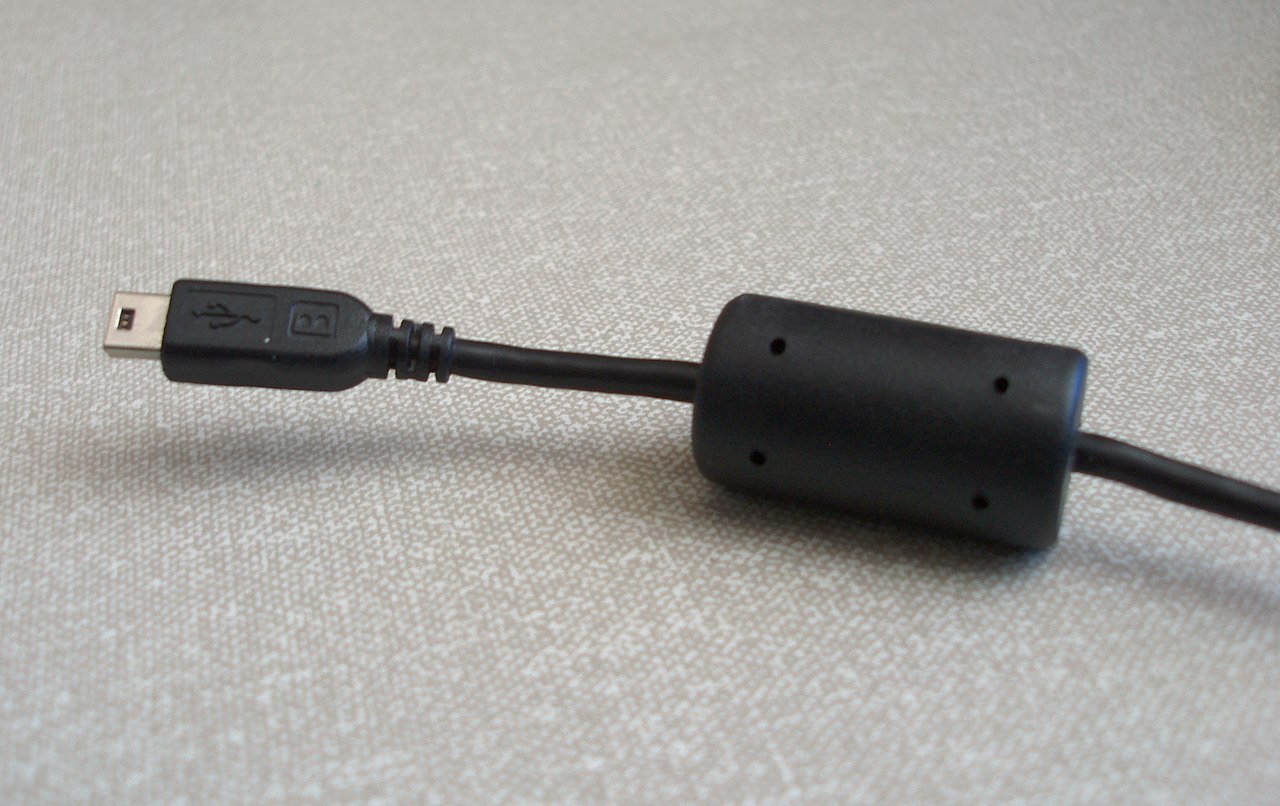
Source: Honest Business Source: Wikipedia
Transformers
Transformer is another popular application of inductors. By combining the inductors of the shared magnetic field, we can design a transformer. Transformer is the basic and fundamental component of the power transmission system.
These are used to increase or decrease the power in transmission lines to the required level, as step-up and step-down transformers respectively.
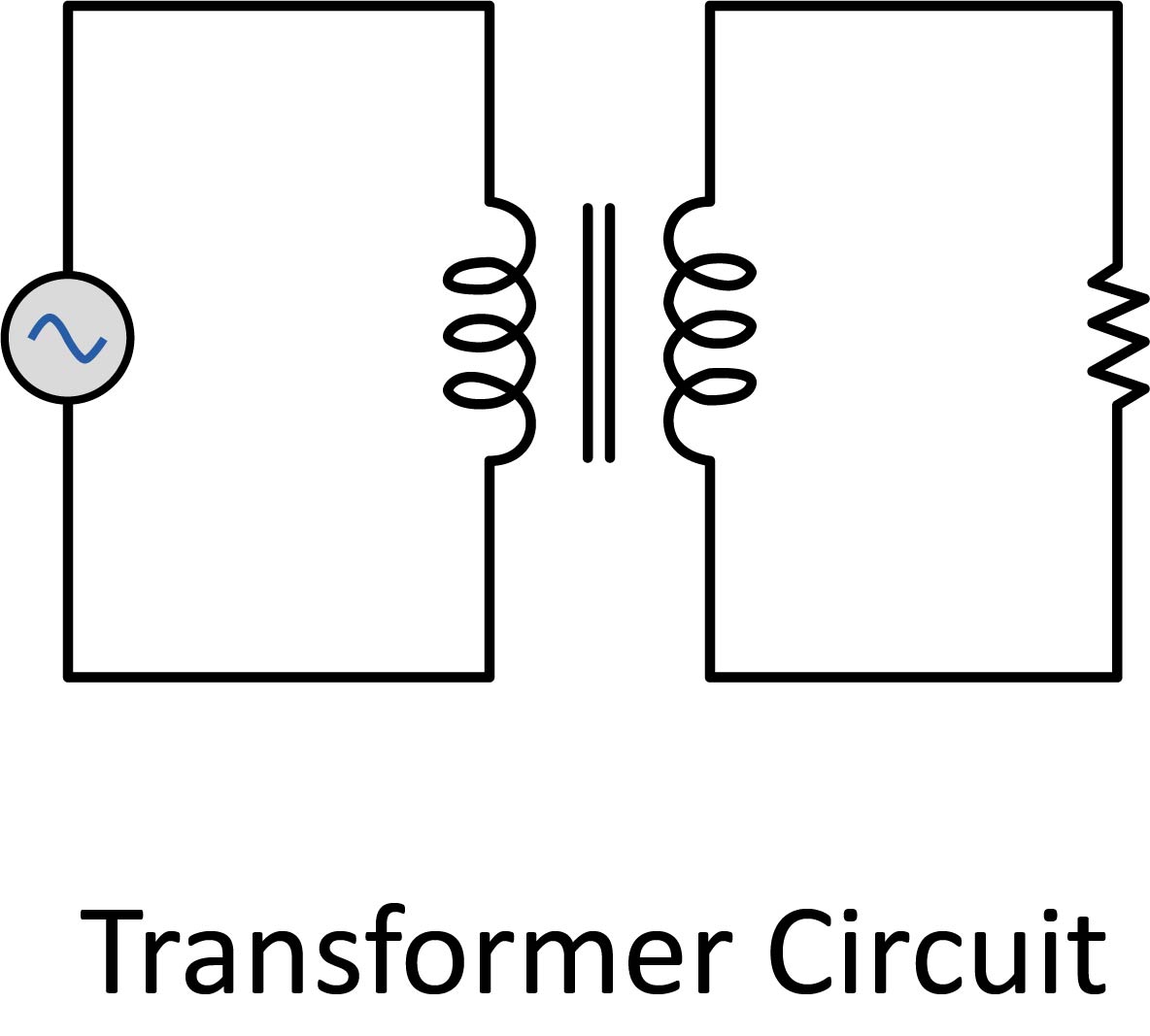

Source: Home Depot
Solenoids
Solenoid is the generic term for a coil of wire used as an electromagnet. It also refers to any device that converts electrical energy to mechanical energy using a solenoid. The device creates a magnetic field from an electric current and uses the magnetic field to create linear motion.
Solenoids are incredibly versatile and extremely useful. They're found in everything from automated factory equipment to paintball guns and even doorbells. In a chime doorbell, the audible chime is produced when a metal piston strikes a tone bar. The force that moves the piston is the magnetic field of a solenoid that receives an electric current when the doorbell is pushed.
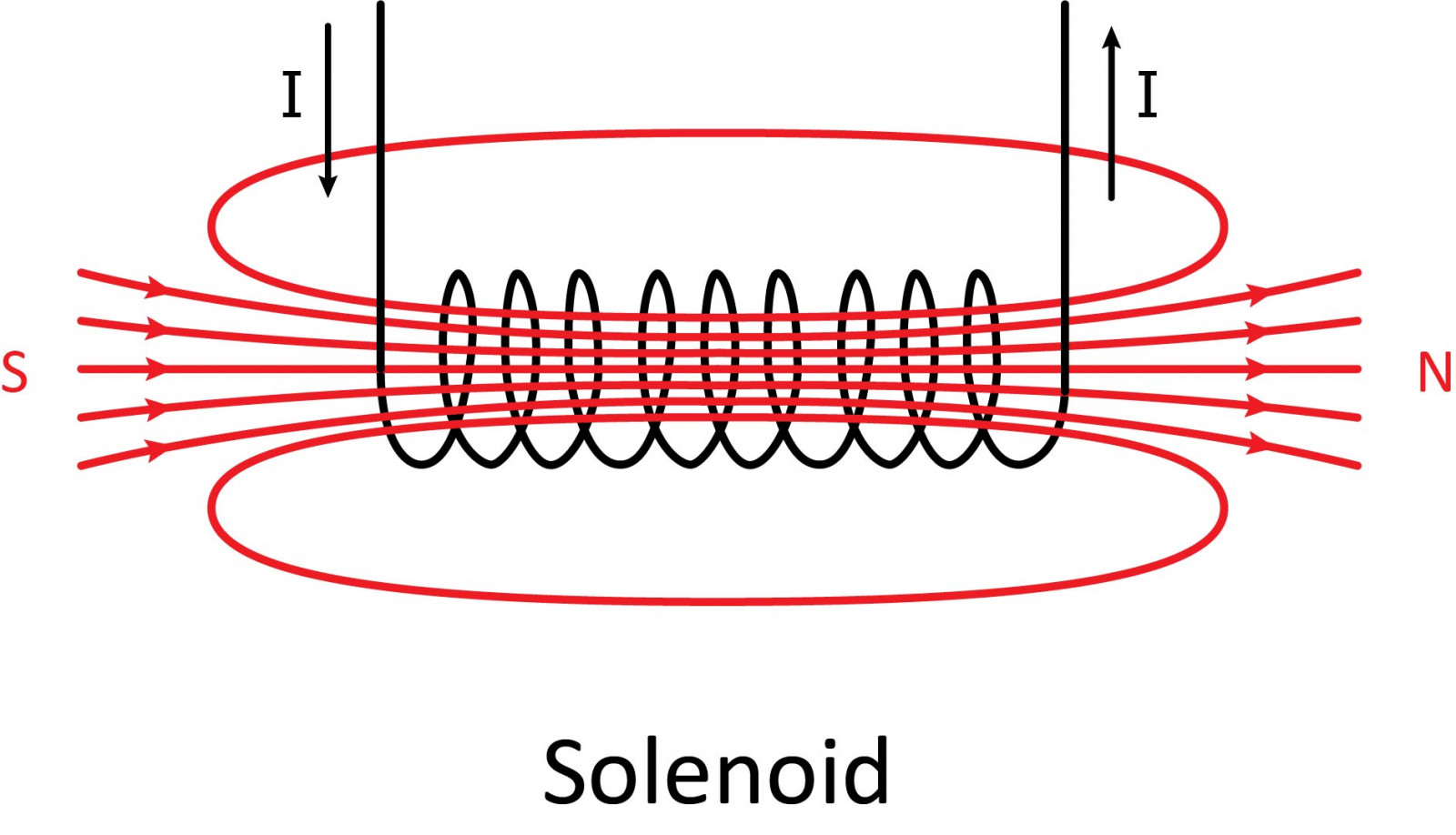
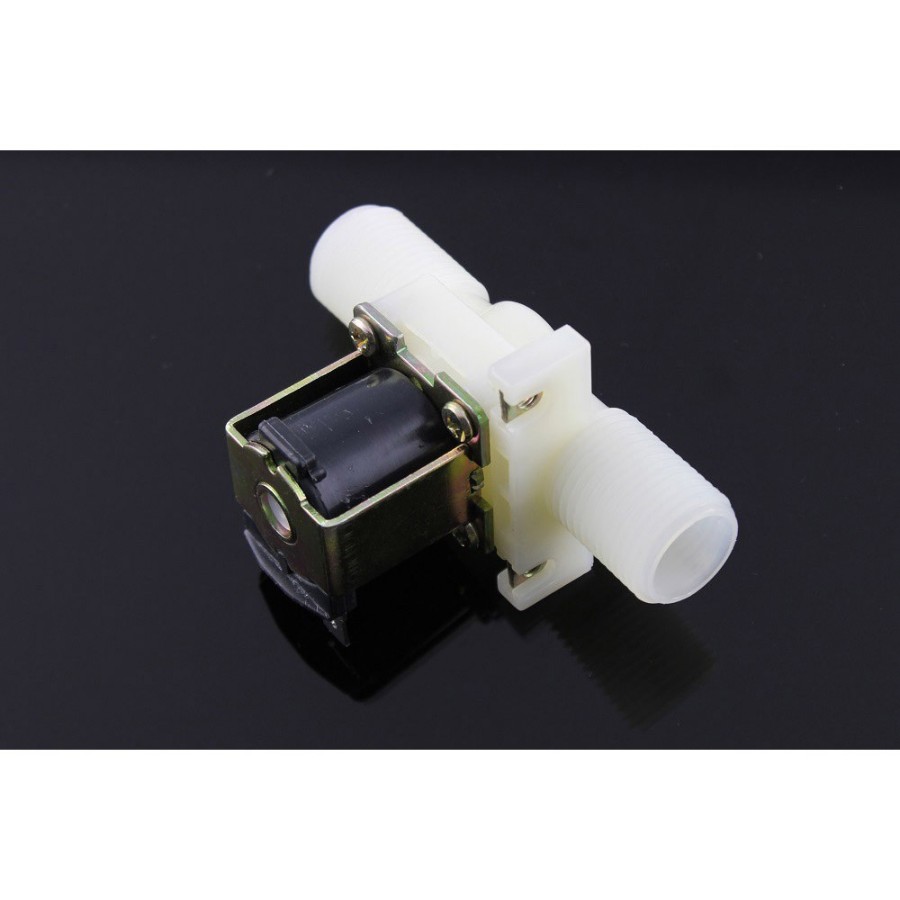
Source: RobotShop
Relays
Relays are switches that open and close circuits electronically. Relays control one electrical circuit by opening and closing contacts in another circuit. When a relay is normally open (NO), there is an open contact when the relay is not energized. When a relay is Normally Closed (NC), there is a closed contact when the relay is not energized. In either case, applying electrical current to the contacts will change their state.
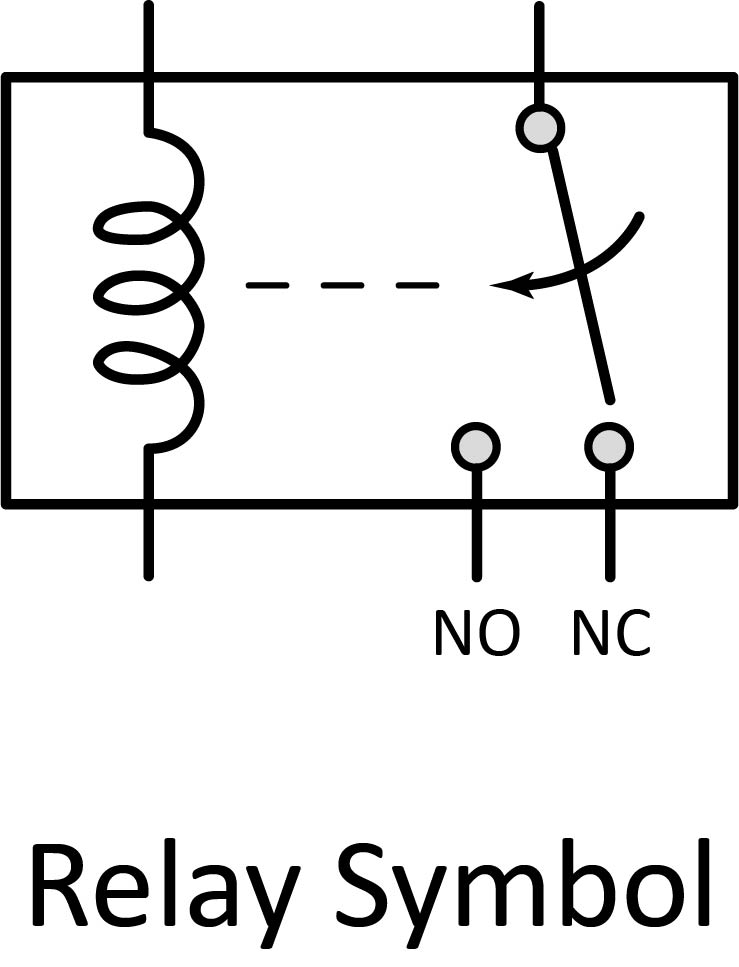
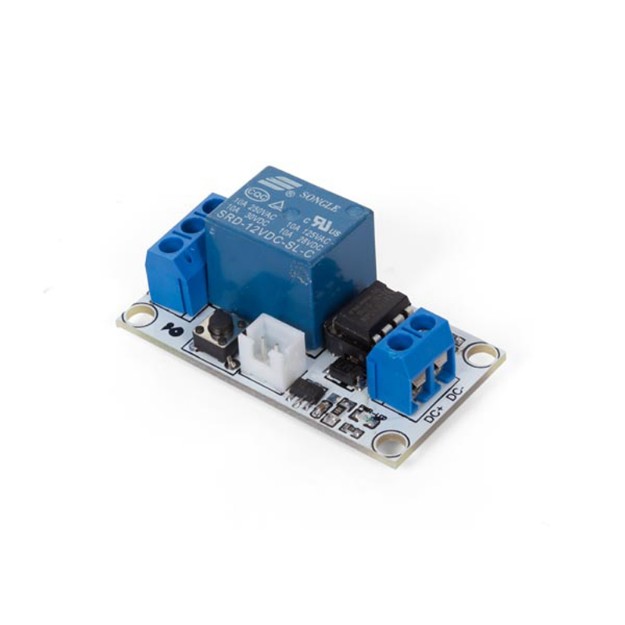
Source: RobotShop
Filters
Inductors are used extensively with capacitors and resistors to create filters for analog circuits and signal processing. By combining them in a number of ways, advanced filter topologies can be created for any number of applications. Filters are used in most electronics, although capacitors are often used rather than inductors when possible since they are smaller and cheaper.
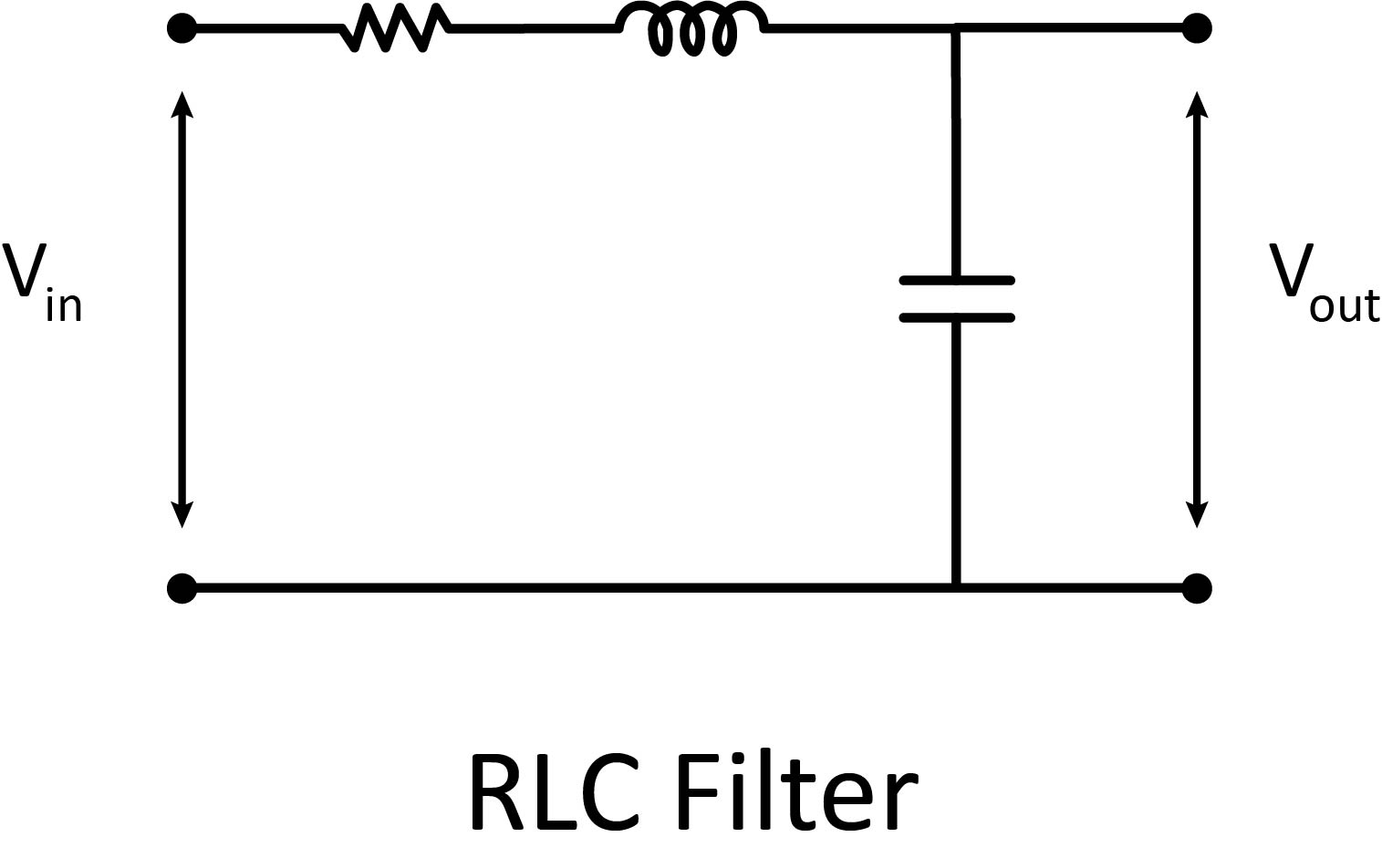
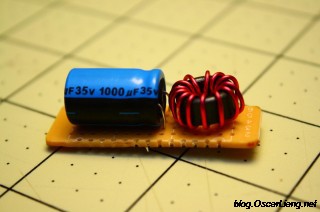
Source: Oscar Liang
Induction Motors
Normally inductors are in a fixed position and not allowed to move to align themselves with any nearby magnetic field. Inductive motors leverage the magnetic force applied to inductors to turn electrical energy into mechanical energy. Inductive motors are designed so that a rotating magnetic field is created in time with an AC input. The biggest advantage of inductive motors over other designs is that no electrical contact is required between the rotor and the motor which makes inductive motors very robust and reliable.
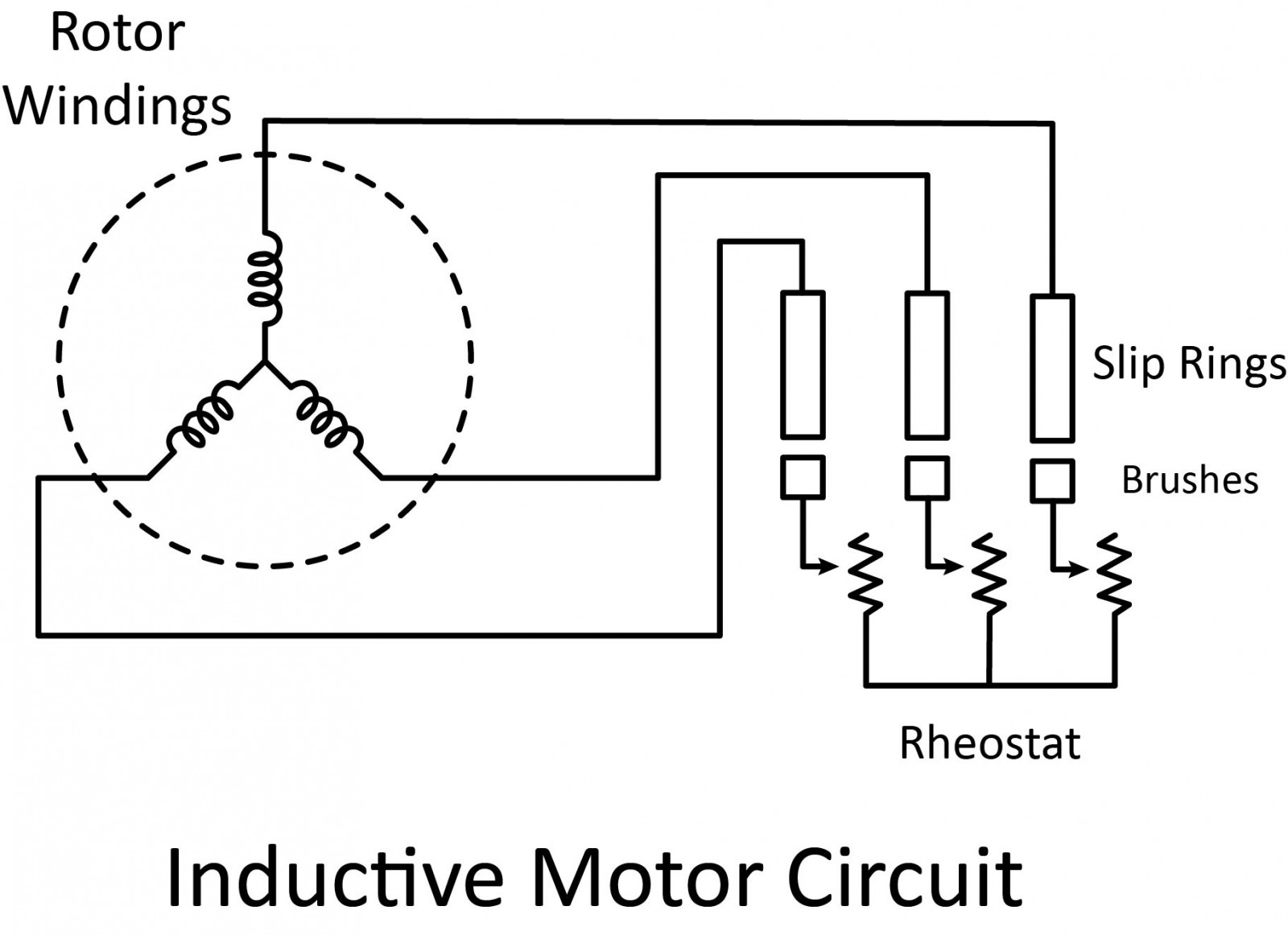

Source: IndiaMART
Inductive sensors
Inductors can be used to make a proximity sensor, a fluctuating magnetic field is generated by an oscillator around the winding of the coil, which locates in the sensing face of the device. When an object moves in the field of inductive proximity area of detection, eddy currents start building up in the metal object which will reduce the inductive sensor’s magnetic field. The strength of the oscillator is monitored by the detection circuit and output is triggered from the output circuitry when the oscillations are below the sufficient level.
Inductive sensors can also be used to control traffic signals at an intersection of roads. Sensors, buried in the pavement, can detect the change in its inductance when a vehicle passes over. This can be used to detect vehicles and adjust the timing of traffic signals or provide a turning signal at a busy intersection.
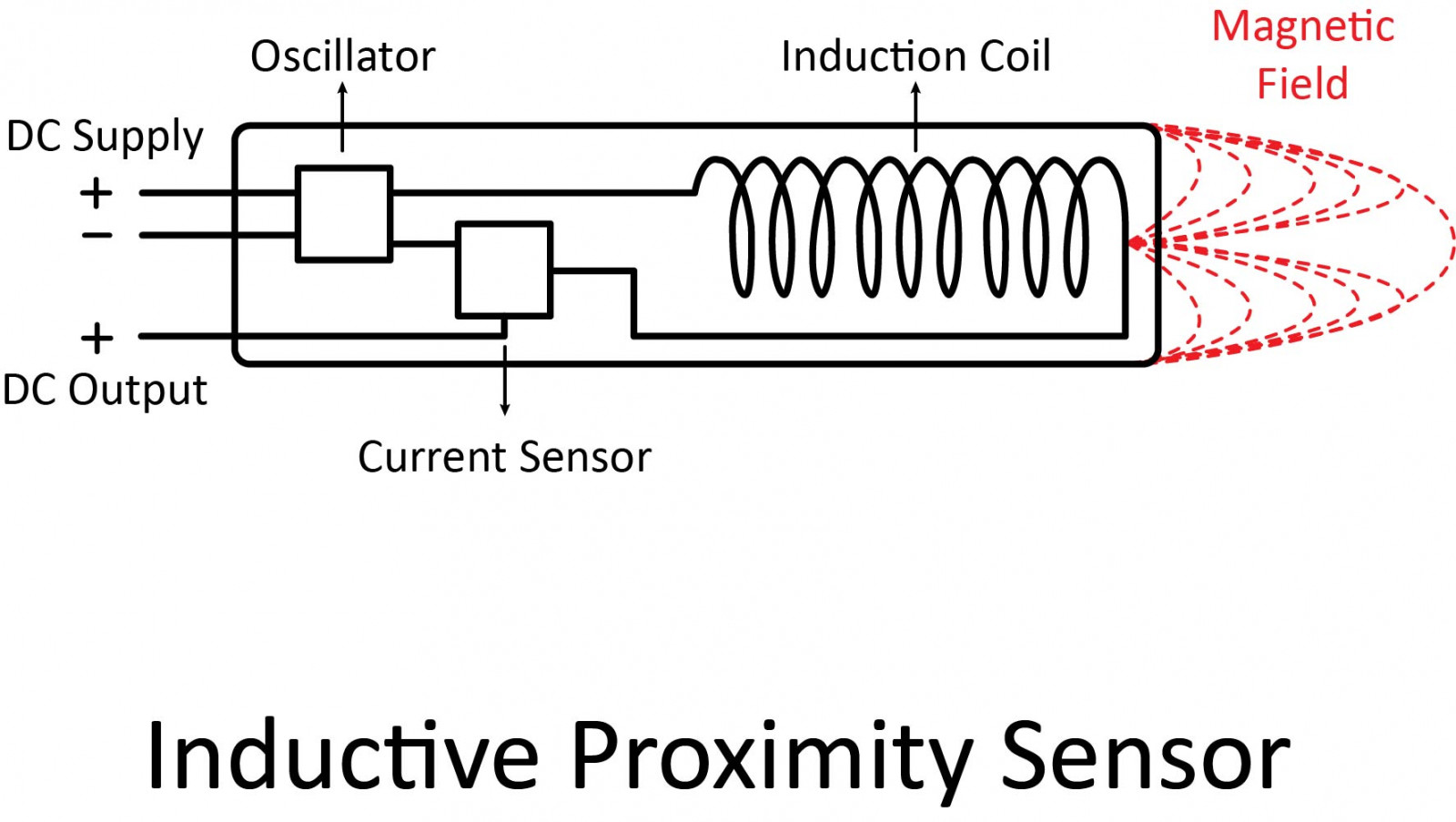
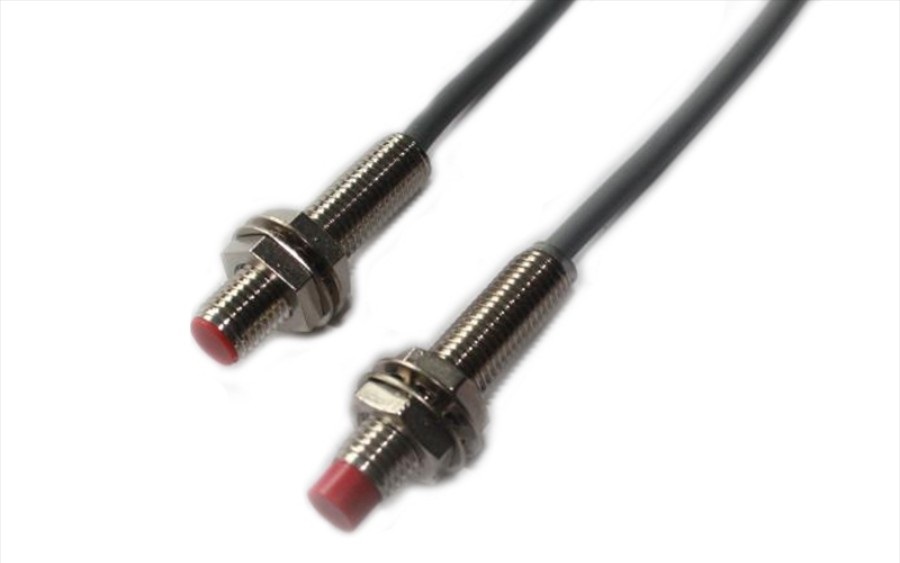
Source: RobotShop
Wireless Charging
Inductive charging, also known as wireless charging, is a method of charging the battery in portable electrical devices without having to plug the device directly into a power socket. Both the device and the charging pad contain induction coils. In their most basic form, induction coils are simply a core of iron wrapped in copper wire. When the phone or other portable device is placed on the wireless charging pad, the proximity of the coils allows an electromagnetic field to be created. This electromagnetic field allows electricity to be passed from one coil (in the charging pad) to the other (in the phone). The induction coil in the phone then uses the transferred electricity to charge the device's battery.
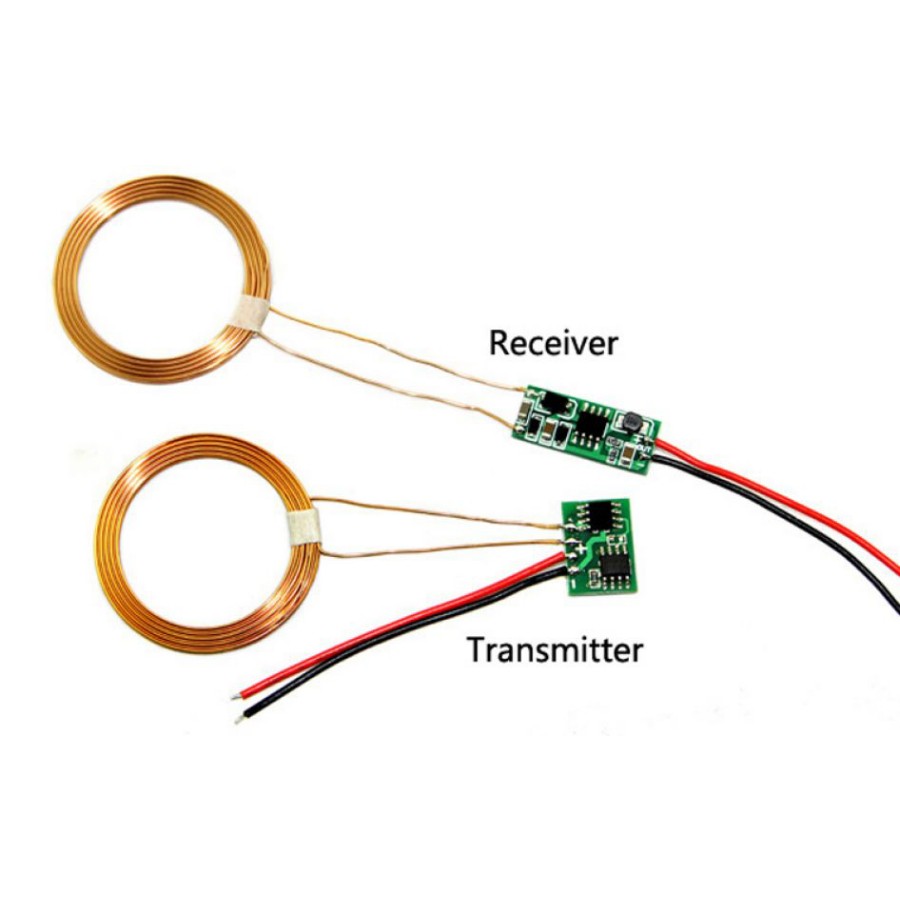

Source: RobotShop Source: Belkin
As one of the basic components, inductors have a rich history in electronics, from rotating motors to wirelessly charging your phone. As useful as inductors are, the biggest problem with using them is their physical size. Inductors often dwarf all other electronic components used in a circuit and add a lot of weight as well. Even with the challenges of using inductors, they are an essential component in a number of applications. I'll leave you with a video about a wireless charging room invented by Disney!


